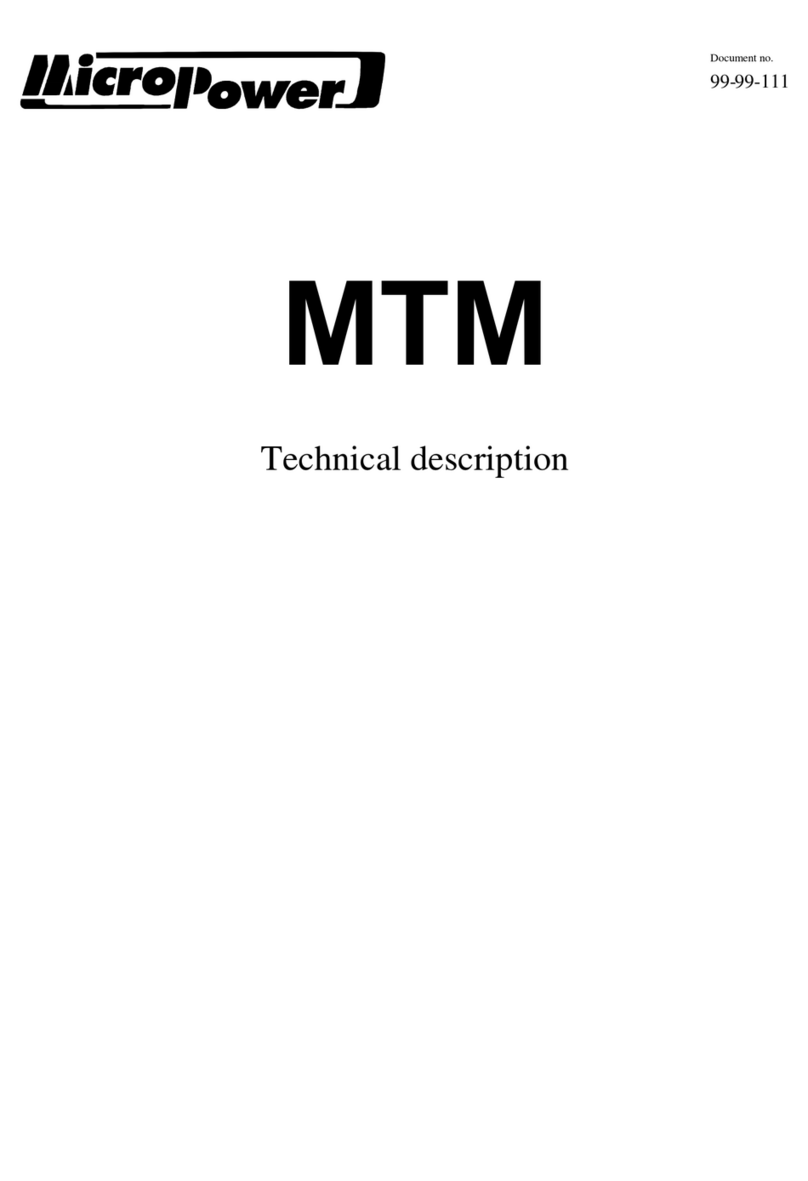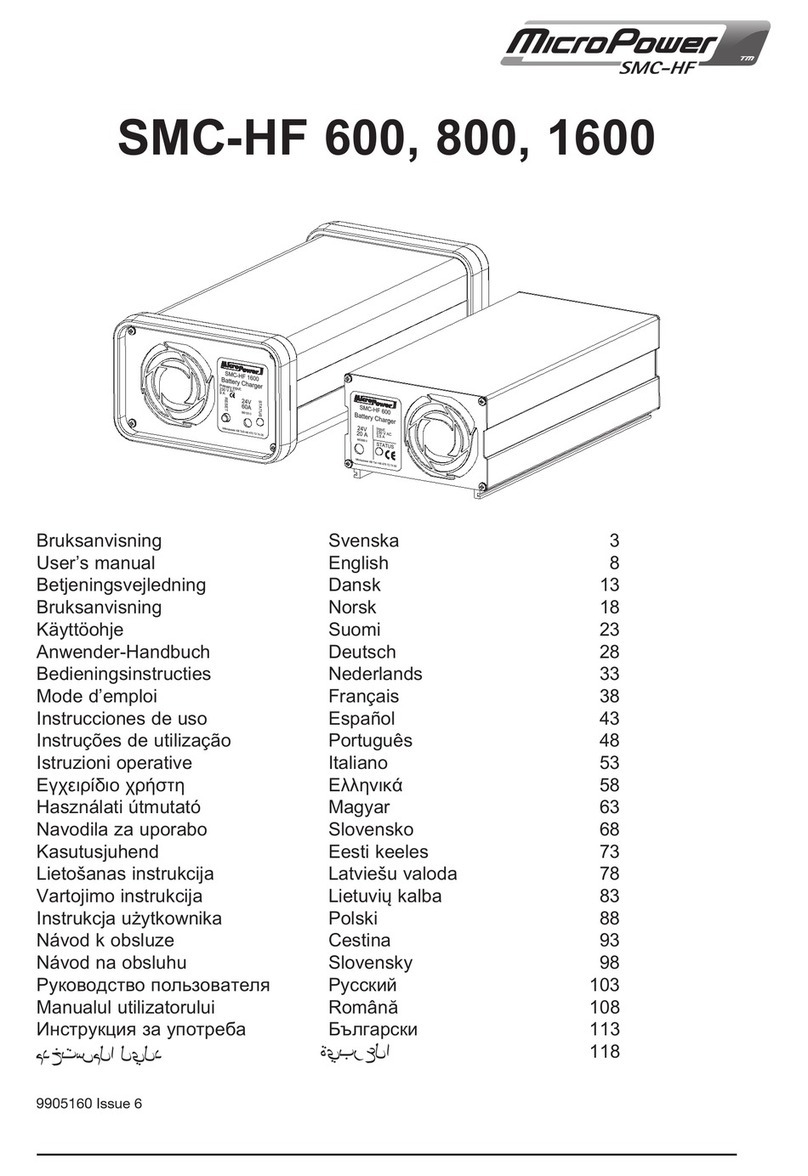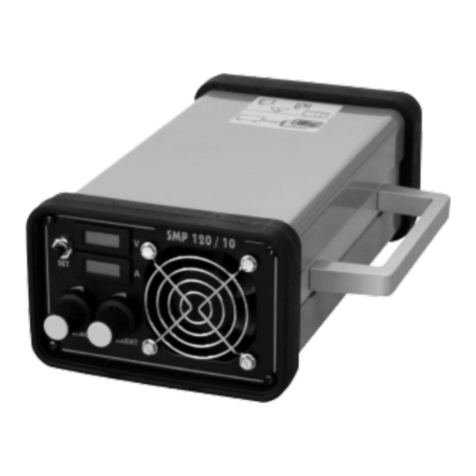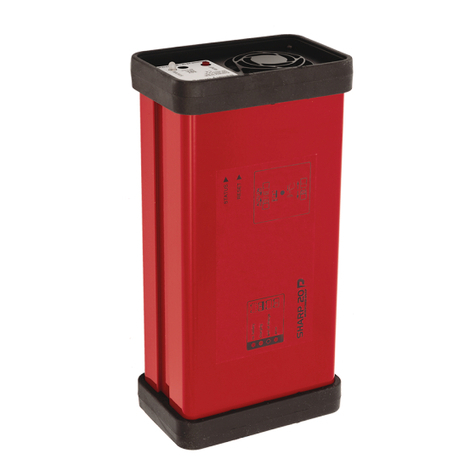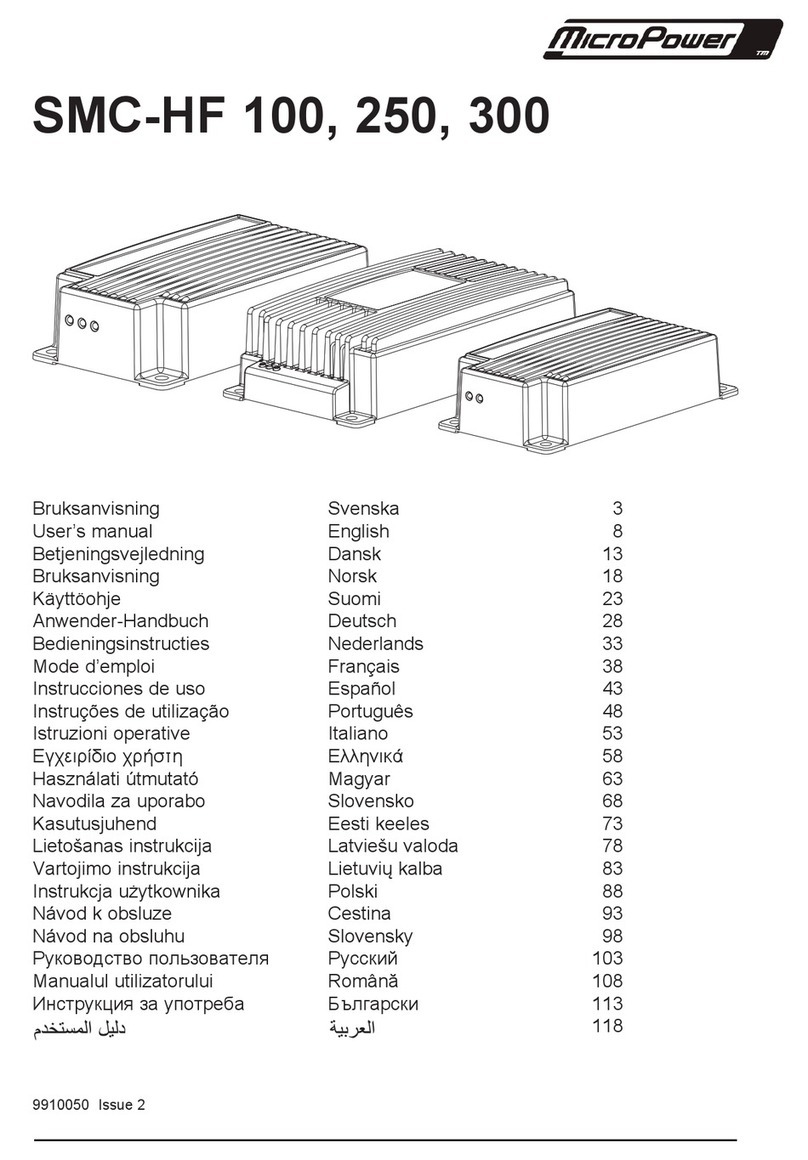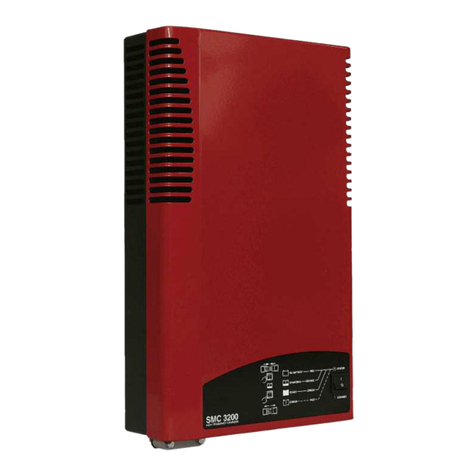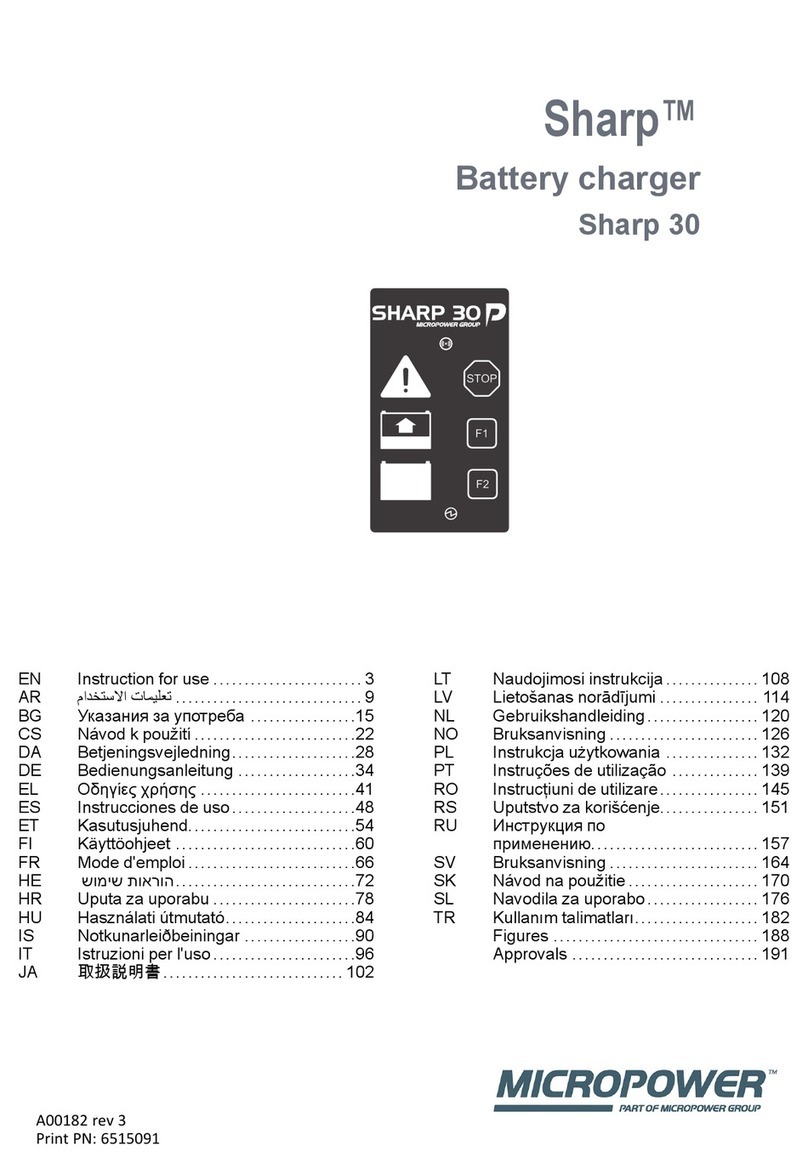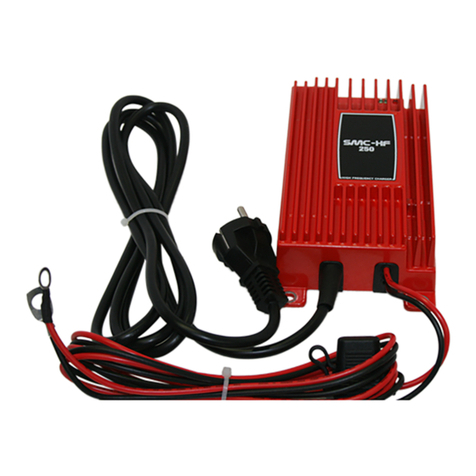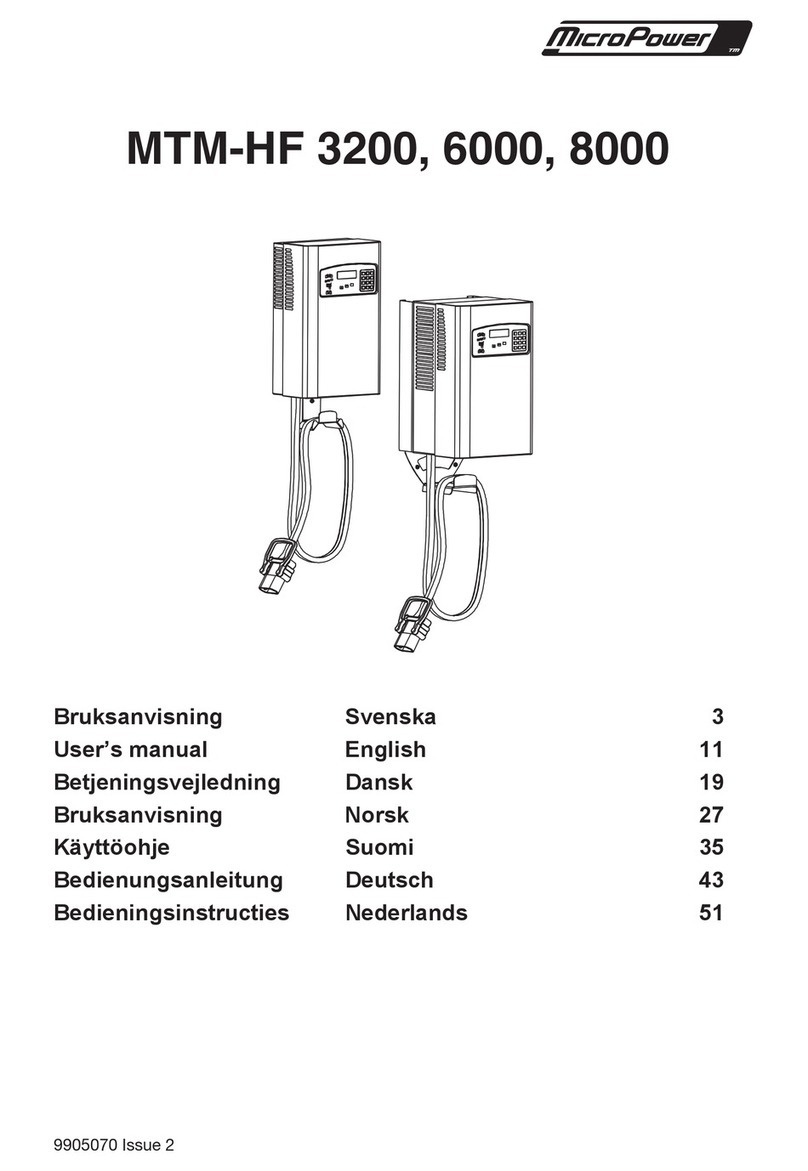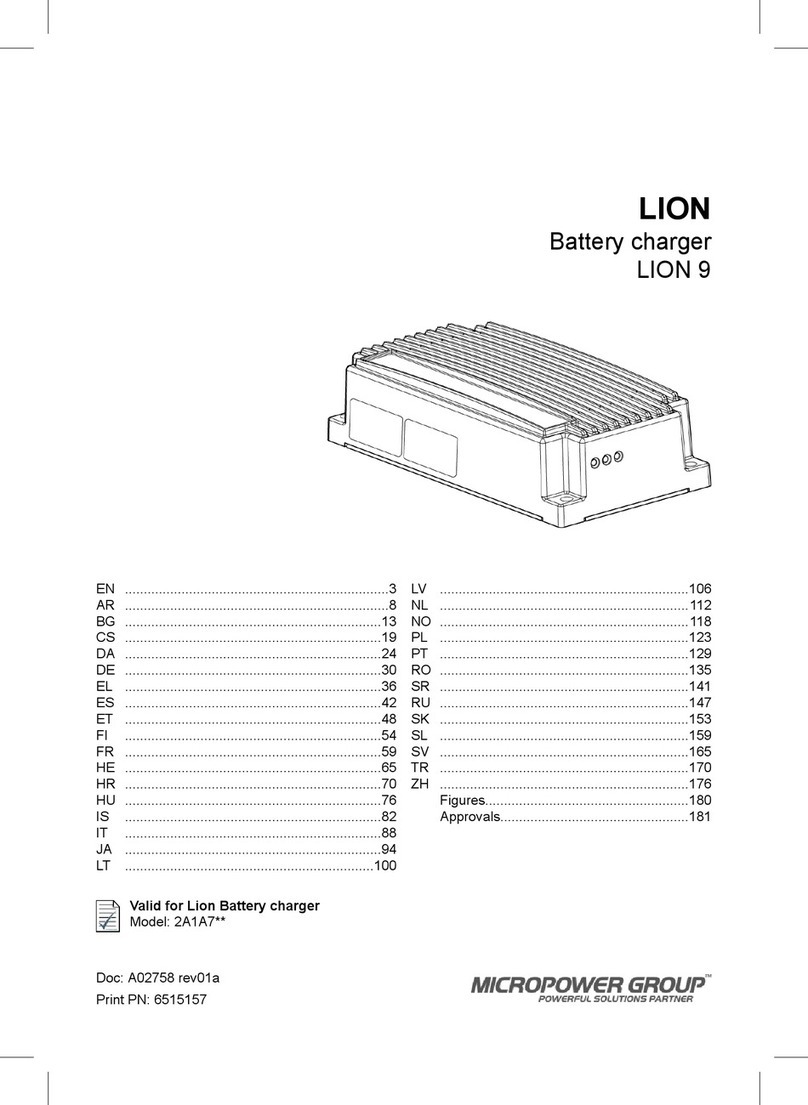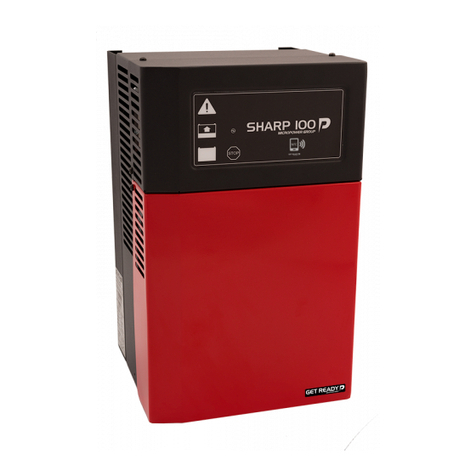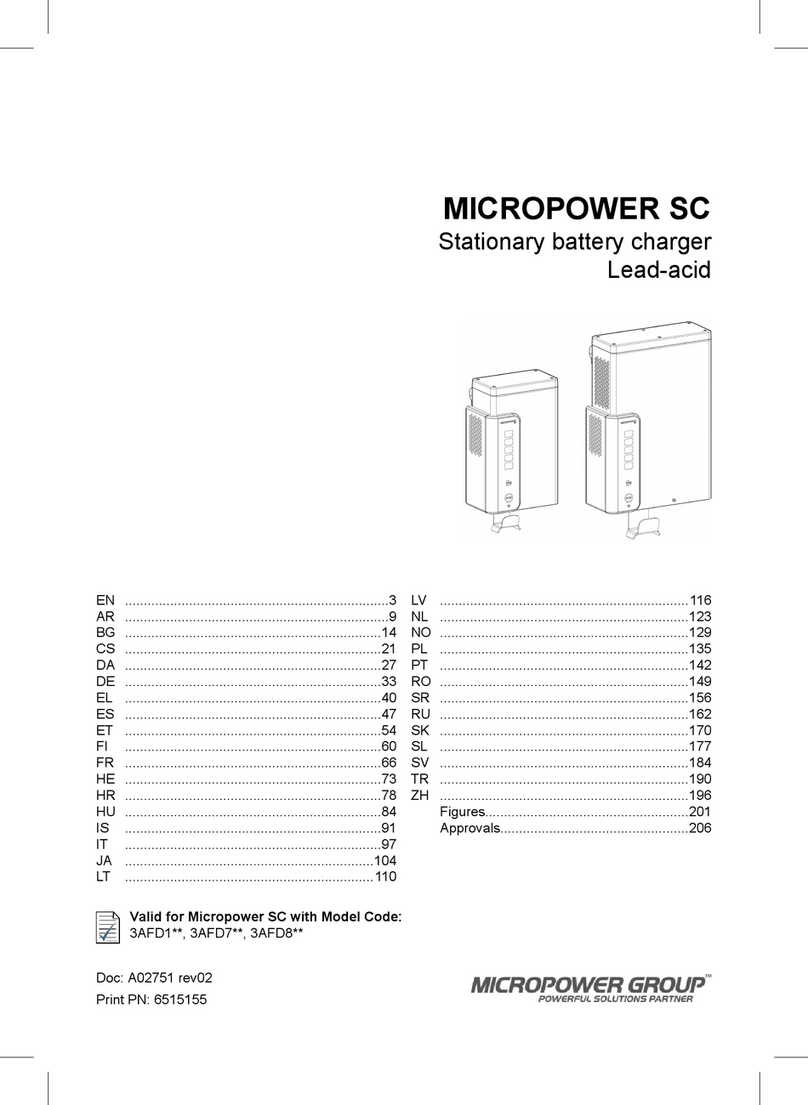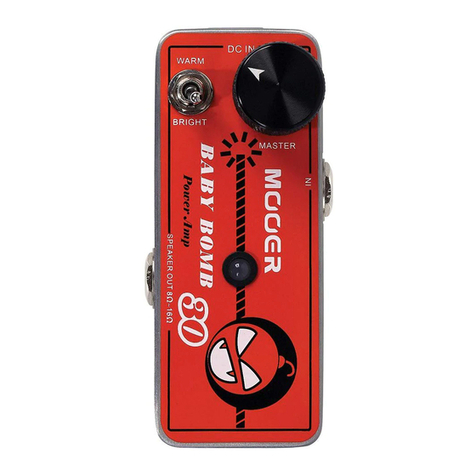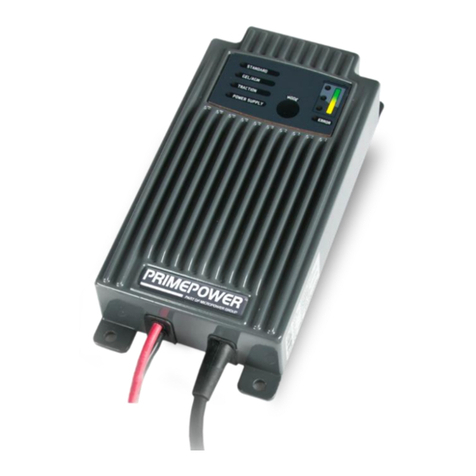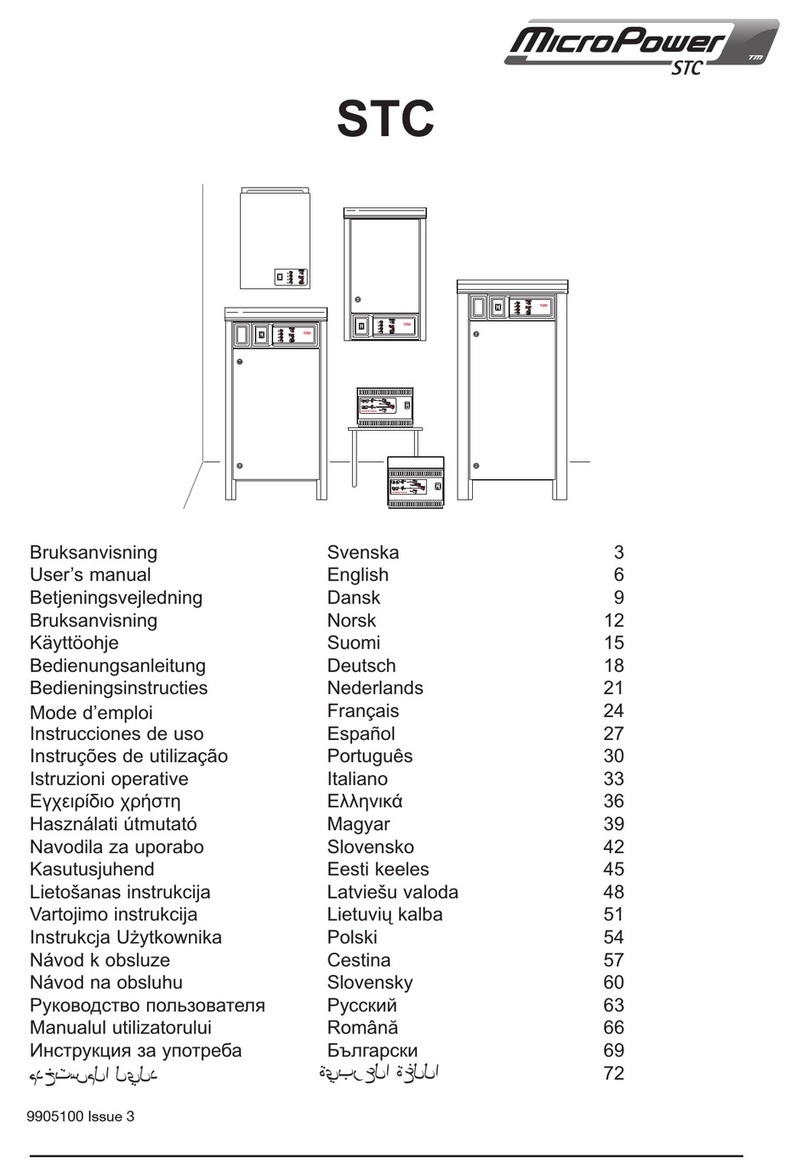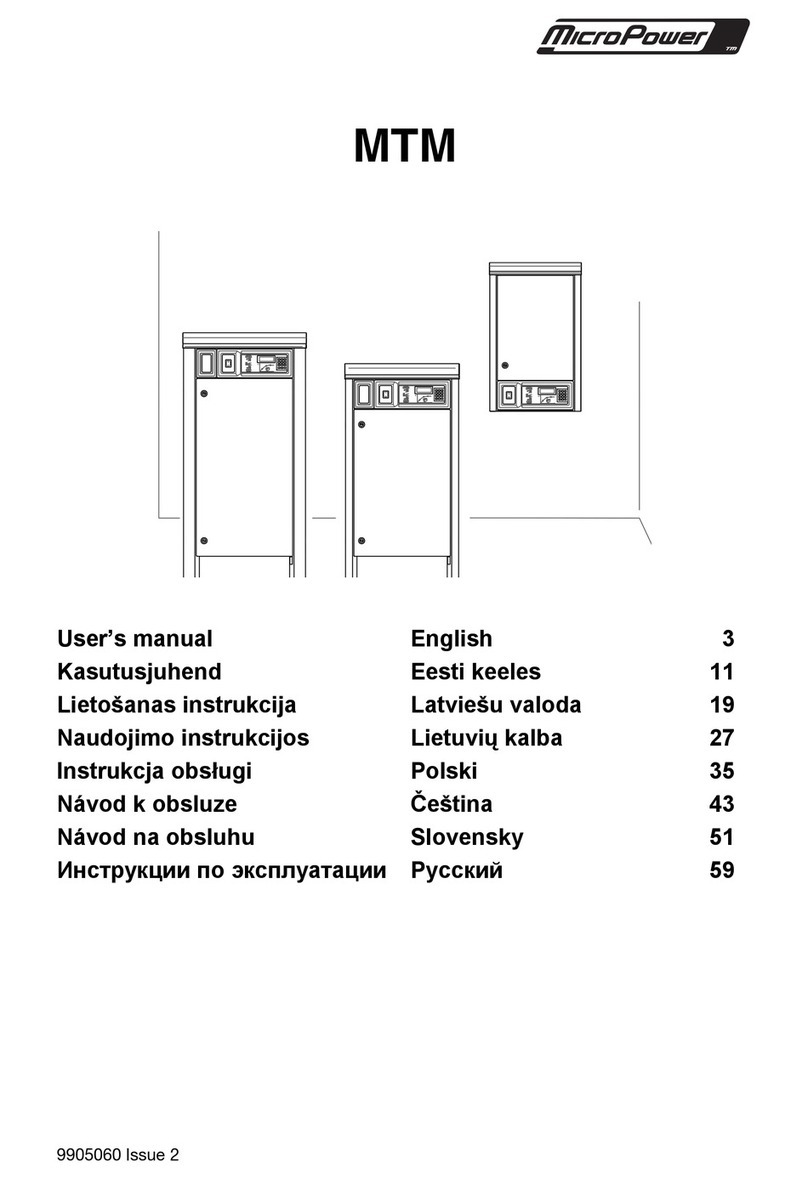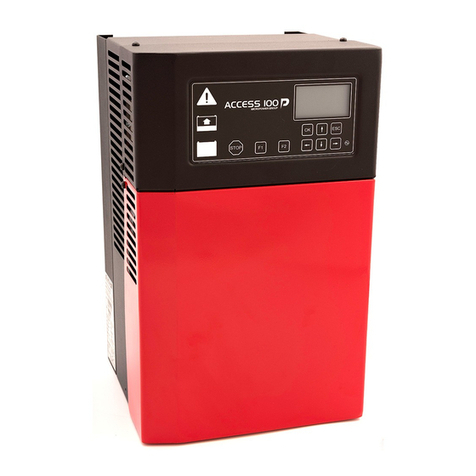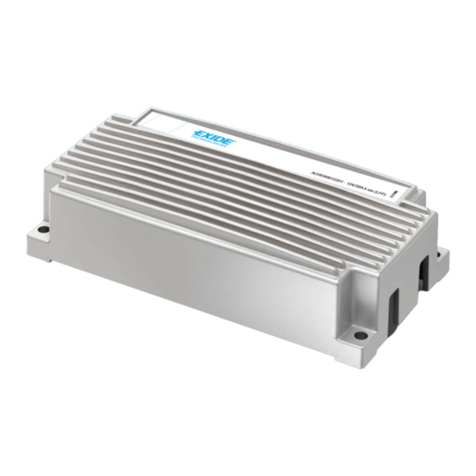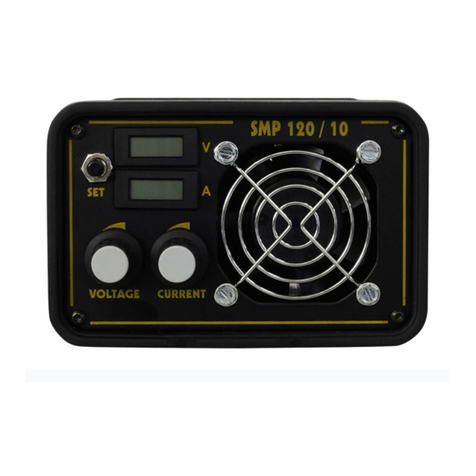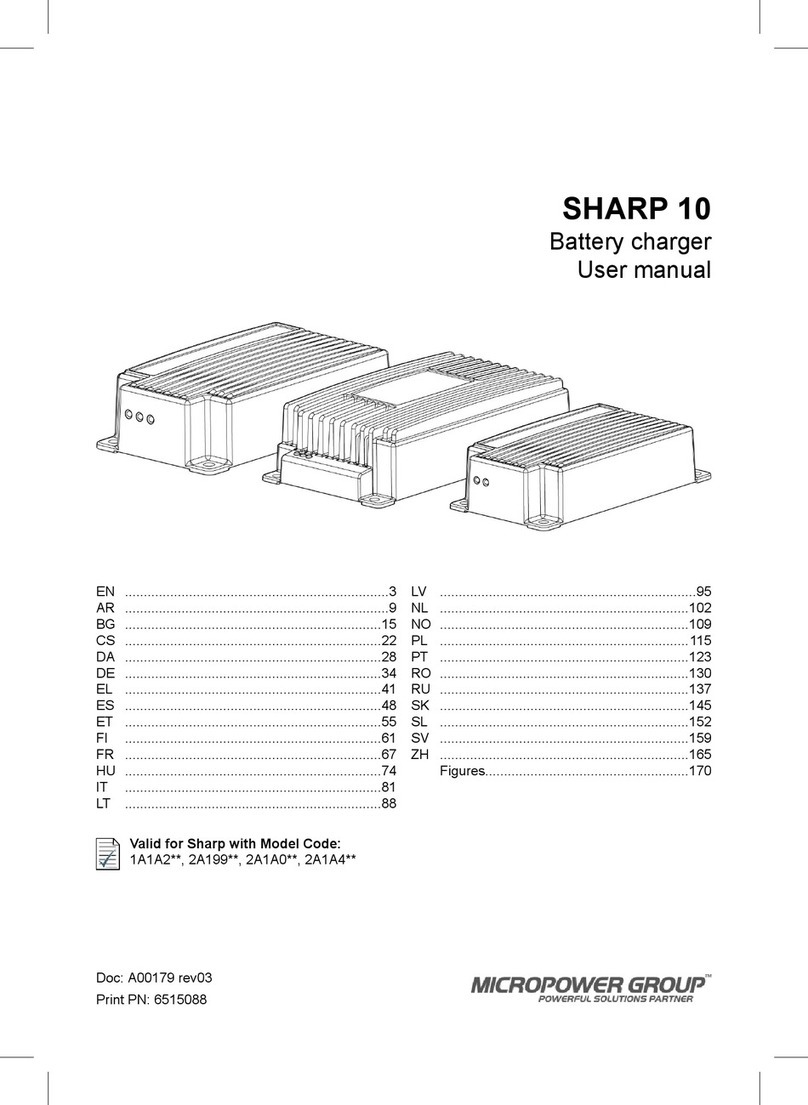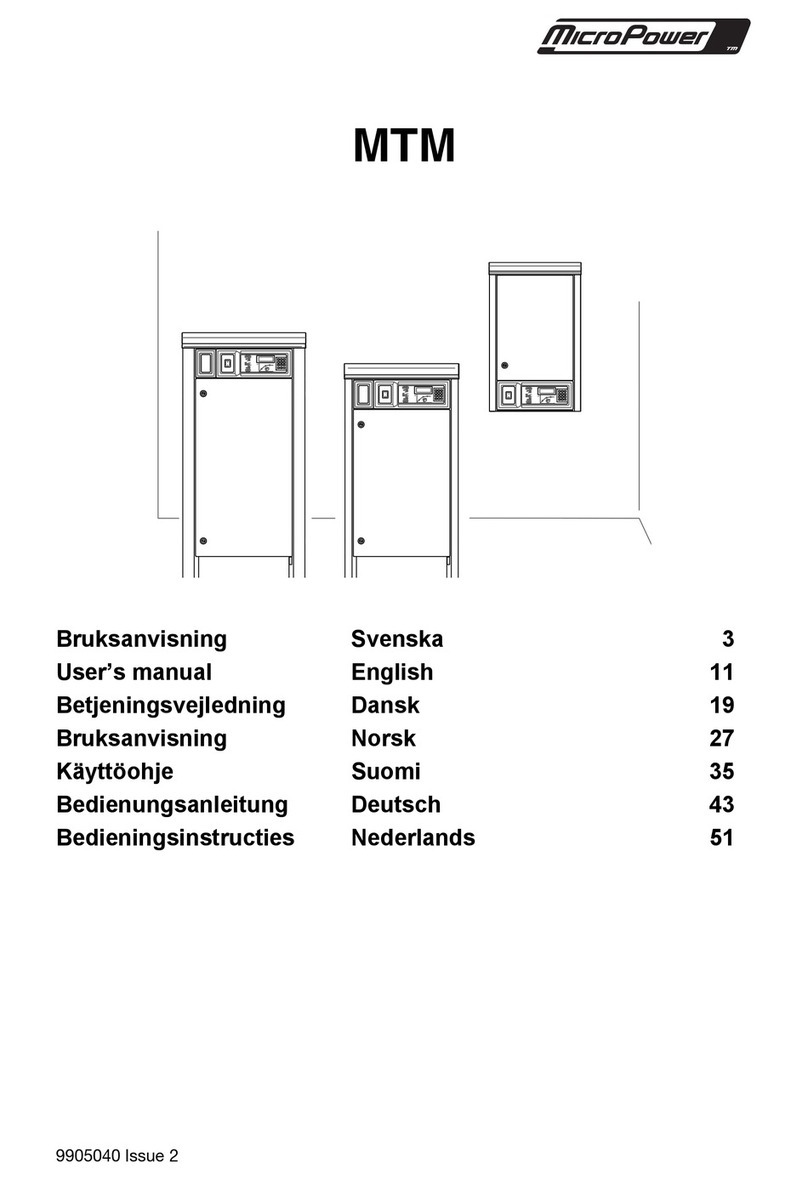
•Incorrect settings of the battery charger may damage the battery and generate explosive gases from the battery
during charging. Always check settings before start charging.
•Do not charge non-rechargeable batteries, damaged batteries or battery types not intended for the charger.
•Do not disconnect the battery when the charging process is in progress. Sparks may occur and cause hydrogen
explosion when charging lead-acid batteries. Arc flash may occur and damage the connector pins. Always stop
the charging process before the battery is disconnected.
No open flame. Fire, open ignition source and smoking are prohibited near battery.
•Explosive gases. Prevent flames and sparks. Provide proper ventilation during charging.
•Do not smoke, cause sparking or use open flames near battery.
•Do not keep inflammable material close to battery charger.
Well-ventilated. Always provide proper ventilation during charging.
ELECTRIC SHOCK
WARNING
RISK OF ELECTRIC CHOCK! - Read and follow the precautions provided below:
WARNING, risk of electric shock. High voltage inside. The battery charger contains voltage at a level
that can cause personal injury.
•Disconnect the battery and power supply before maintenance, servicing or dismantling.
•Check that the power supply at the site of the installation complies with the rated voltage specified on the
battery charger’s data label.
•The battery charger may only be connected to a power outlet with protective earth.
•Do not operate the charger if there is any evidence of damage.
•If the supply cord or plug is damaged:
•The manufacturer, its service agent or similarly qualified persons must carry out any replacement of the
cord / plug in order to avoid a hazard.
•Appliances with specially prepared cords must be replaced by a special cord or assembly available from the
manufacturer or its service agent.
•Other appliances that have a supply cord that cannot be replaced, should be scrapped.
•If a stationary appliance is not fitted with a supply cord and a plug, or with other means for disconnection from
the supply mains, disconnection must be incorporated in the fixed wiring in accordance with the national wiring
rules.
WARNING, risk of electric shock. High output voltage. Do not touch uninsulated battery terminals, con-
nectors or other live electrical parts.
When installing or performing work on battery, charger and battery terminals – do not risk short circuits. A short
circuit may cause personal injury and permanently damage the battery. For all work on battery chargers, batteries
and BMS, suitable insulated tools must be used.
Warning information
Hazardous situations and precautions are presented in the text as follows.
CHAMP Pro - User manual 'online version'
2023-04-26 4
